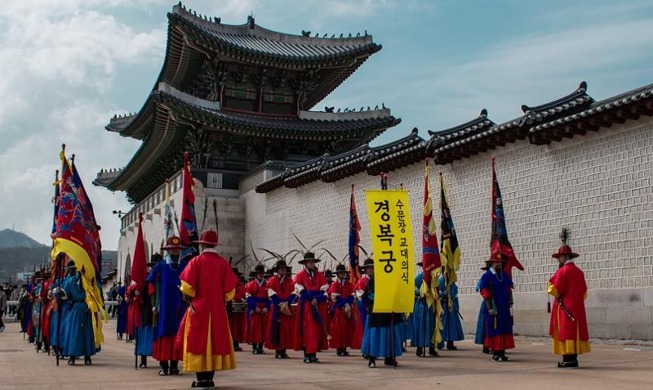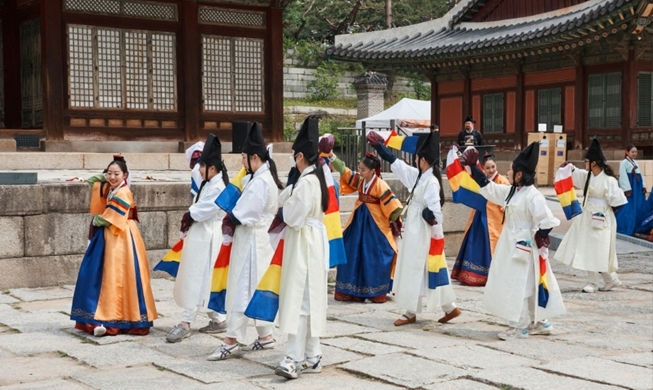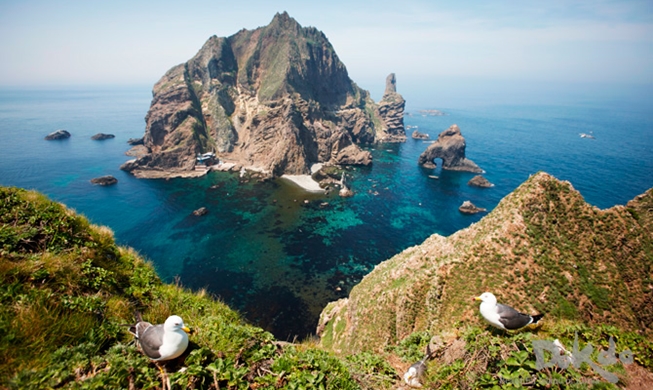-
 Korea.net's 24-hour YouTube channel
Korea.net's 24-hour YouTube channel- NEWS FOCUS
- ABOUT KOREA
- EVENTS
- RESOURCES
- GOVERNMENT
- ABOUT US
Whether as a country or as an individual, being around for only 13 years is not a lot of time.
Throughout Korean history, there has never been a Korean state quite like the Korean Empire (1897-1910), which perished so soon after its founding. Its short history of 13 years is now on display at the National Museum of Korea.
With 2015 marking the 70th anniversary of Korean independence, starting on July 21 the National Museum of Korea is holding a special exhibition titled "The Korean Empire, Dreaming of a Modern State." A spokesperson for the museum said that the special exhibition was designed to help museum-goers remember the spirit of the people who dedicated themselves to the nation's independence and autonomy.
In the exhibition, artifacts and relics from the short-lived empire are on display in three chronologically ordered sections. The first section of the exhibition is dedicated to the proclamation of the empire, shining the spotlight onto changes in society as it morphed from a kingdom into an empire. The exhibition brings together written records of the imperial coronation ceremony, features a portrait of Emperor Gojong (r. 1863-1907) and has a map of Seoul during those times.
The second section of the exhibition is about the efforts made to move toward independence and autonomy. On display are official seals of state, currency used during those times, envelopes and other items.
Finally, the last section of the exhibition displays artifacts that symbolize the harsh times through which the Korean people had to live while under colonial rule. It showcases an appointment letter for special envoys to The Hague by Emperor Gojong, a portrait of Emperor Sunjong (r. 1907-1910) and a commemorative medal from Emperor Sunjong's ascension to the throne.
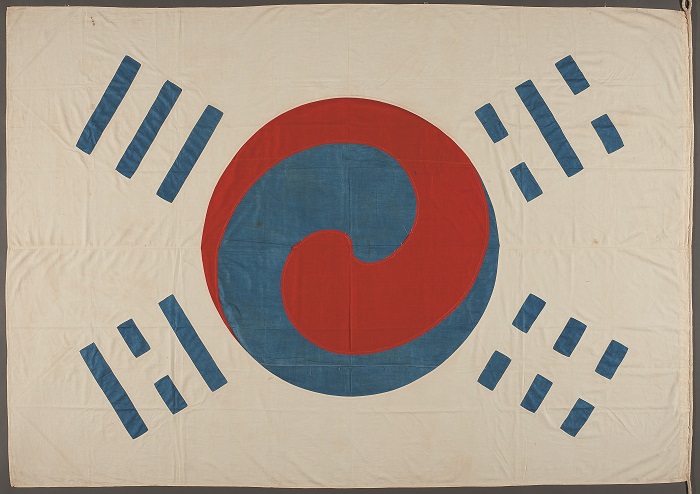
One of the highlights of the exhibition is the Taegeukgi that is on display at the entrance to the exhibition. Produced sometime in the 1890s, it's the oldest Taegeukgi in existence. It was given to Owen Denny (1838-1900), a foreign affairs advisor, by Emperor Gojong. The pattern is only slightly different from the modern Taegeukgi used today.
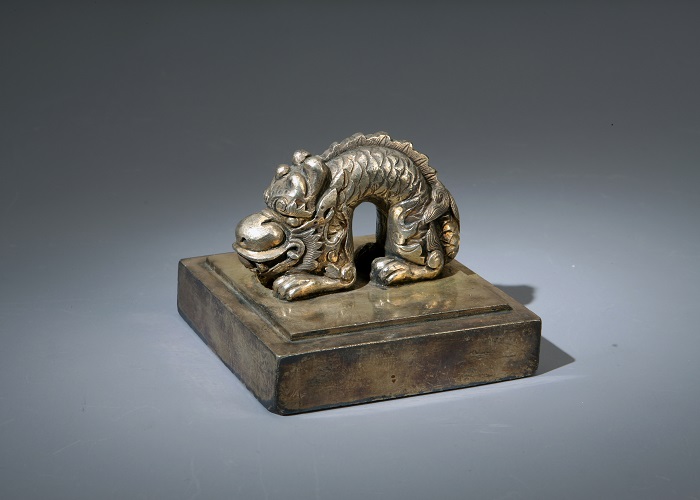
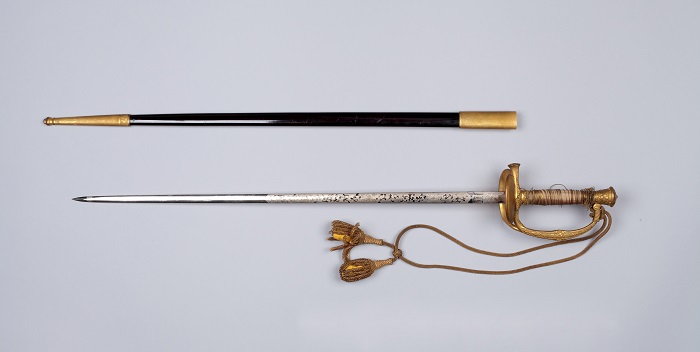
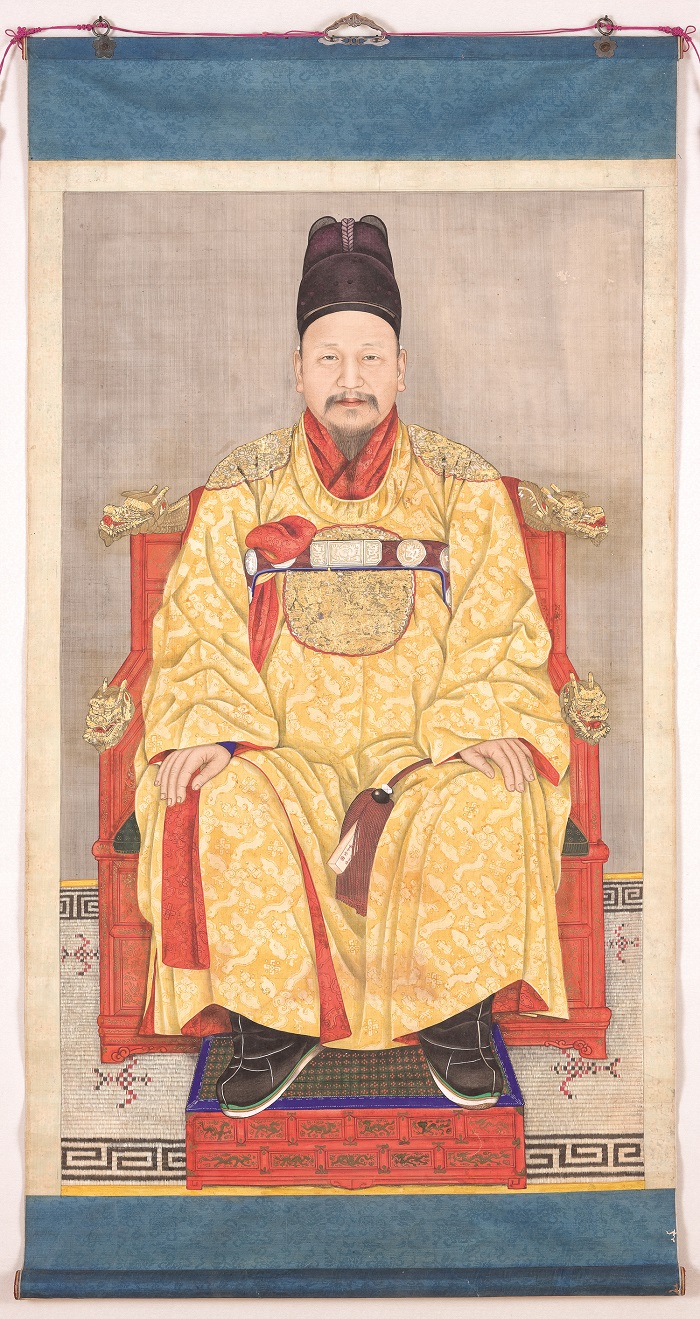
The special exhibition runs until Sept. 13.
More information can be found at the National Museum of Korea's website.
http://www.museum.go.kr/site/main/index002
By Lee Seung-ah
Korea.net Staff Writer
Photos: National Museum of Korea
slee27@korea.kr
Throughout Korean history, there has never been a Korean state quite like the Korean Empire (1897-1910), which perished so soon after its founding. Its short history of 13 years is now on display at the National Museum of Korea.
With 2015 marking the 70th anniversary of Korean independence, starting on July 21 the National Museum of Korea is holding a special exhibition titled "The Korean Empire, Dreaming of a Modern State." A spokesperson for the museum said that the special exhibition was designed to help museum-goers remember the spirit of the people who dedicated themselves to the nation's independence and autonomy.
In the exhibition, artifacts and relics from the short-lived empire are on display in three chronologically ordered sections. The first section of the exhibition is dedicated to the proclamation of the empire, shining the spotlight onto changes in society as it morphed from a kingdom into an empire. The exhibition brings together written records of the imperial coronation ceremony, features a portrait of Emperor Gojong (r. 1863-1907) and has a map of Seoul during those times.
The second section of the exhibition is about the efforts made to move toward independence and autonomy. On display are official seals of state, currency used during those times, envelopes and other items.
Finally, the last section of the exhibition displays artifacts that symbolize the harsh times through which the Korean people had to live while under colonial rule. It showcases an appointment letter for special envoys to The Hague by Emperor Gojong, a portrait of Emperor Sunjong (r. 1907-1910) and a commemorative medal from Emperor Sunjong's ascension to the throne.

The oldest Taegeukgi in existence is on display at the exhibition. It's believed to have been made sometime in the 1890s.
One of the highlights of the exhibition is the Taegeukgi that is on display at the entrance to the exhibition. Produced sometime in the 1890s, it's the oldest Taegeukgi in existence. It was given to Owen Denny (1838-1900), a foreign affairs advisor, by Emperor Gojong. The pattern is only slightly different from the modern Taegeukgi used today.

The state seal, the Dae-won-su-ji-bo, was used for internal political and military documents.

A sword is engraved with a plum blossom pattern symbolizing the Korean Empire.

A portrait of Emperor Gojong was made sometime after 1902.
The special exhibition runs until Sept. 13.
More information can be found at the National Museum of Korea's website.
http://www.museum.go.kr/site/main/index002
By Lee Seung-ah
Korea.net Staff Writer
Photos: National Museum of Korea
slee27@korea.kr




